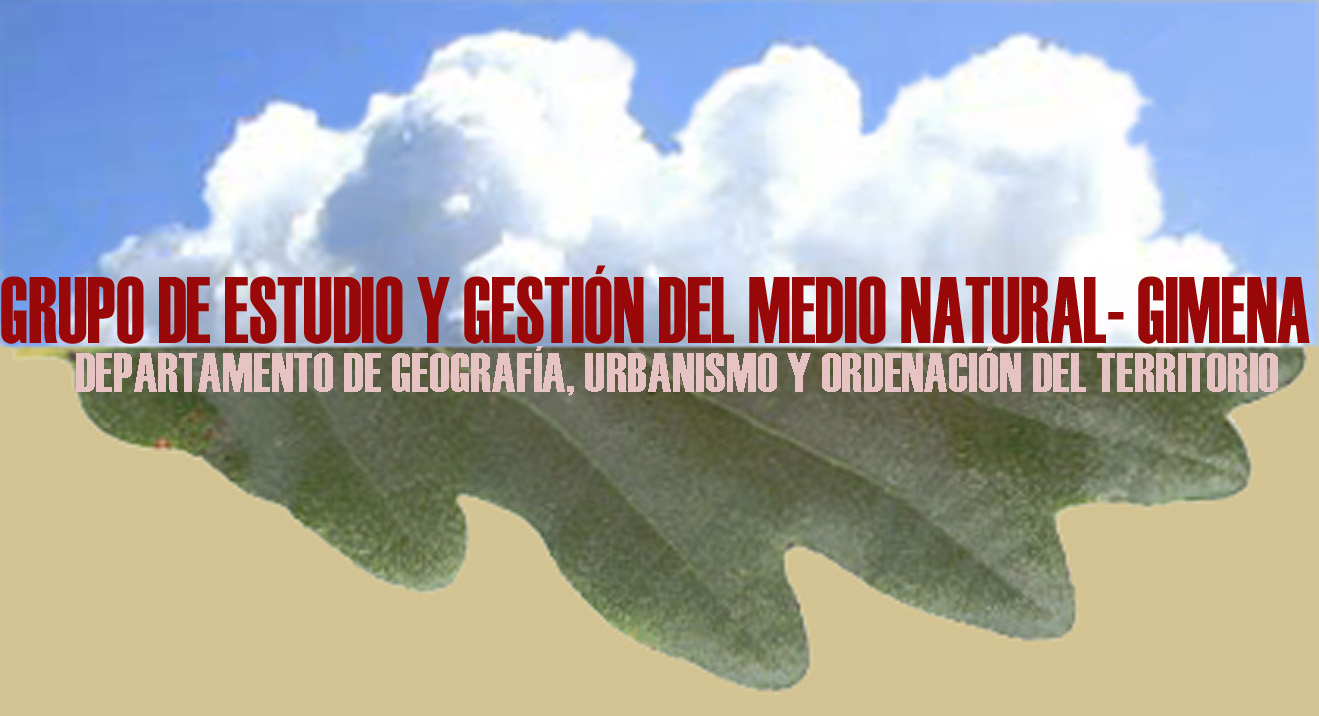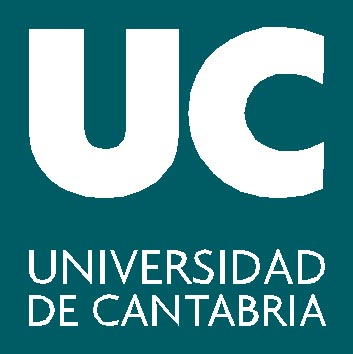
Grupo de Investigación
ESTUDIO Y GESTION DEL MEDIO NATURAL
Departamento de Geografía,
Urbanismo y Ordenación del Territorio- Universidad de Cantabria
PÁGINA PRINCIPAL
MIEMBROS
INVESTIGACIÓN
climatología
espacios forestales, incendios
riesgos naturales
cambio ambiental
ordenación, paisaje, patrimonio
NOTICIAS
DESCARGAS
BRUSCHI, V.M.,
BONACHEA, J., REMONDO, J., GÓMEZ-AROZAMENA, J., RIVAS, V., MÉNDEZ, G.,
NAREDO, J.M., CENDRERO, A. (2013).
Analysis of
geomorphic systems’ response to natural and human drivers in northern
Spain: Implications for global geomorphic change. Geomorphology, 196
(15), p. 267–279.
ABSTRACT
An analysis of changes experienced during the last century by certain
indicators of the intensity of geomorphic processes in northern Spain is
presented, in order to test a previously formulated hypothesis. The
hypothesis, already tested in the Rio de la Plata Basin, is that there
is a global geomorphic change which implies an acceleration of
geomorphic processes in general, and that such acceleration is mainly
due to the transformation of land surface by human activities, not to
climate factors. Sedimentation rates obtained in eight estuaries in
northern Spain, through Pb-210 and Cs-137 dating of sediment cores, show
a general increase since the beginning of last century, and particularly
after the 1950s. Similar increases in landslide frequency have been
formerly observed in some areas of the same region. Trends of change in
sedimentation rates have been compared with those of potential natural
(rainfall) and human (indicators of the intensity of human activities
that can contribute to land-surface transformation) drivers. There seems
to be no relationship between rainfall and sedimentation rate trends but
the magnitude and trends of several indicators of human activity are
similar to those of the latter. Data on landslide frequency obtained in
a small study area also show a possible relationship with land-use
change and infrastructure development, but not with rainfall. The
results described are coherent with the hypothesis and suggest that the
process described could have a global character. If this is so, the
worldwide observed increase in flood and landslide disasters might be a
characteristic of the Anthropocene and due to human-induced geomorphic
change, rather than climate change (also human-induced), as often
assumed.
KEYWORDS
Global geomorphic change; Sedimentation rates; Anthropocene; Northern
Spain
Analysis of geomorphic systems’ response to natural and human drivers in
northern Spain. Available from:
http://www.sciencedirect.com/science/article/pii/S0169555X12001432
